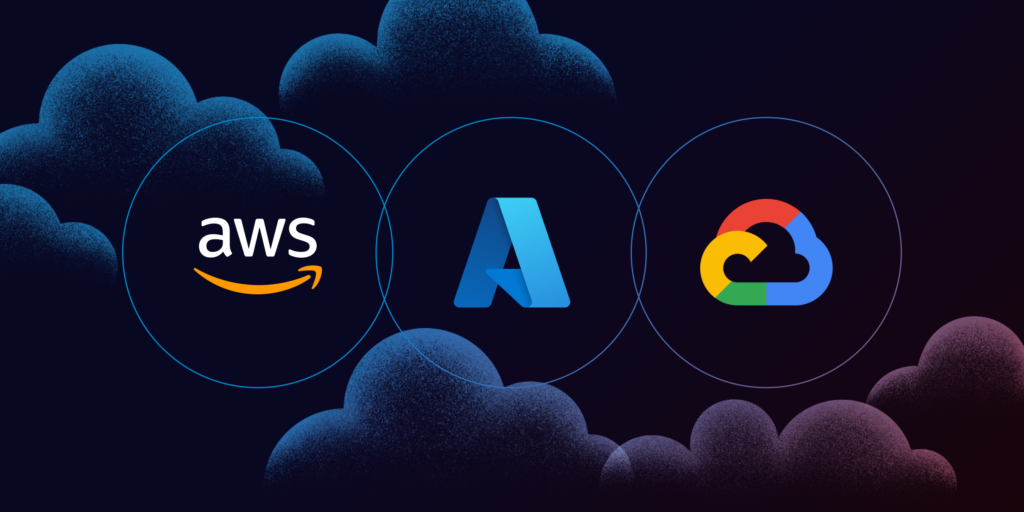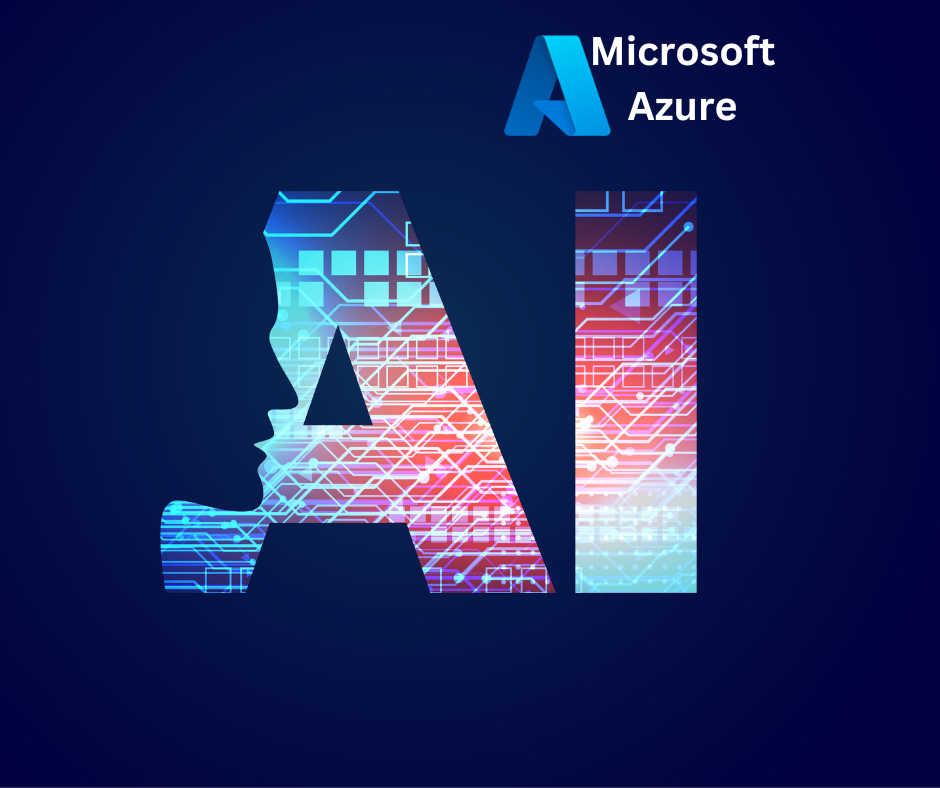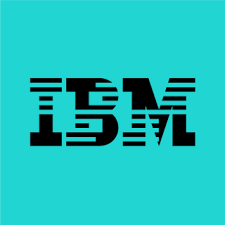1. Introduction to Cloud Computing Services
1.1 Overview of Cloud Computing
1.2 Importance of Cloud Services in Modern IT
1.3 Introduction to AWS, Azure, and Google Cloud
1.4 Storage: S3, Elastic Block Store (EBS)
1.5 Databases: RDS, DynamoDB
1.6 Networking: VPC, Route 53
2. Amazon Web Services (AWS)
2.1 Core Services and Features
2.2 Compute: EC2, Lambda
2.3 Security and Compliance
2.4 AWS Pricing Models and Cost Management
2.5 Hands-On: Setting Up an AWS Account and Launching an EC2 Instance
2.6 Storage: Blob Storage, Azure Files
2.7 Databases: SQL Database, Cosmos DB
2.8 Networking: Virtual Network, Load Balancer
3. Microsoft Azure
3.1 Core Services and Features
3.2 Compute: Virtual Machines, Azure Functions
3.3 Security and Compliance
3.4 Azure Pricing Models and Cost Management
3.5 Hands-On: Setting Up an Azure Account and Launching a Virtual Machine
3.6 Storage: Cloud Storage, Persistent Disks
3.7 Databases: Cloud SQL, BigQuery
3.8 Networking: VPC, Cloud Load Balancing
4. Google Cloud Platform (GCP)
4.1 Core Services and Features
4.2 Compute: Compute Engine, Cloud Functions
4.3 Security and Compliance
4.4 GCP Pricing Models and Cost Management
4.5 Hands-On: Setting Up a GCP Account and Launching a Compute Engine Instance
5. Comparing AWS, Azure, and Google Cloud
5.1 Strengths and Weaknesses of Each Platform
5.2 Service Comparison: Compute, Storage, Databases, Networking
5.3 Pricing Comparison and Cost Optimization Strategies
5.4 Case Studies of Multi-Cloud and Hybrid Cloud Deployments
6. Managing Cloud Services
6.1 Monitoring and Logging Services
6.2 AWS CloudWatch, Azure Monitor, Google Cloud Monitoring
6.3 Automation and Orchestration
6.4 AWS CloudFormation, Azure Resource Manager, Google Cloud Deployment Manager
6.5 Identity and Access Management (IAM) Across Platforms
7. Security and Compliance in the Cloud
7.1 Overview of Cloud Security Best Practices
7.2 Identity and Access Management (IAM) in AWS, Azure, and Google Cloud
7.3 Compliance Standards and Certifications
7.4 Implementing Security Policies and Procedures
8. Introduction to Cloud DevOps
8.1 Overview of DevOps in the Cloud(Ref: DevOps and Working with Microsoft Azure Security Center)
8.2 Tools and Services for CI/CD
8.3 AWS CodePipeline, Azure DevOps, Google Cloud Build
8.4 Infrastructure as Code (IaC) Concepts
8.5 Terraform, AWS CloudFormation, Azure ARM Templates
9. Case Studies and Real-World Applications
9.1 Case Study 1: Migrating a Legacy Application to AWS
9.2 Case Study 2: Implementing a Multi-Cloud Strategy
9.3 Case Study 3: Using Google Cloud for Big Data and Machine Learning
10. Hands-On Labs and Exercises
10.1 Deploying a Simple Web Application on AWS, Azure, and Google Cloud
10.2 Setting Up Cloud Storage Solutions Across Platforms
10.3 Implementing Basic Security Measures in AWS, Azure, and GCP
11. Future Trends in Cloud Services
11.1 Emerging Technologies in Cloud Computing
11.2 The Role of AI and Machine Learning in Cloud Services
11.3 The Future of Multi-Cloud and Hybrid Cloud Environments
12. Conclusion and Next Steps
12.1 Recap of Key Concepts
12.2 Exploring Advanced Cloud Services and Specializations
12.3 Resources for Further Learning and Certification Paths
Conclusion
Understanding the offerings of AWS, Azure, and Google Cloud is crucial for developing a successful cloud strategy. Each platform has unique strengths that cater to different business needs, making it essential to evaluate them carefully. Equip yourself with the knowledge to leverage these cloud services effectively and drive innovation in your organization.







Reviews
There are no reviews yet.